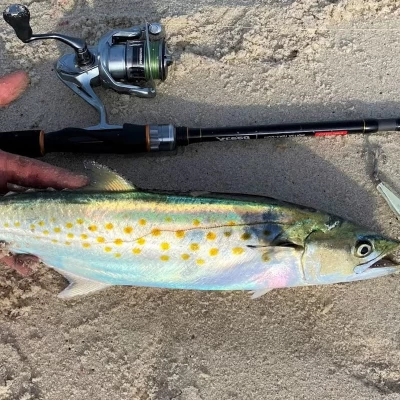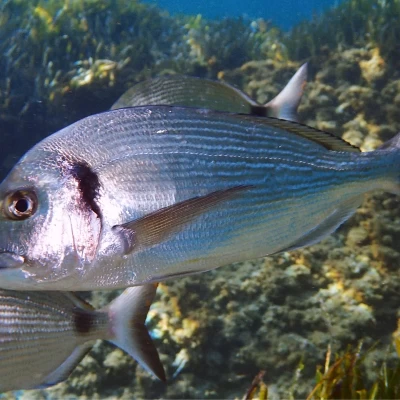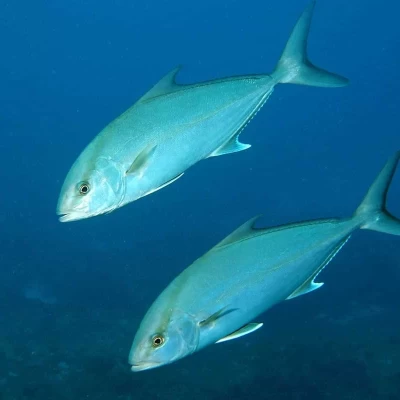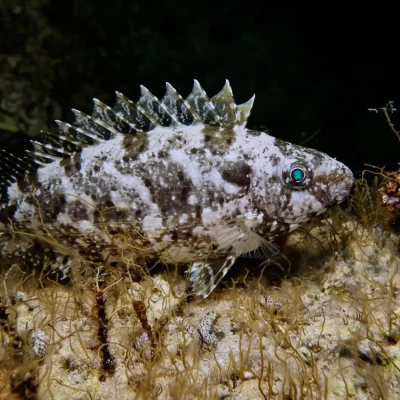For seasoned anglers, sea bream fishing in Turkey is about precision, strategy, and pushing boundaries. While beginners focus on basics, advanced techniques like surfcasting, night fishing, and kayak stealth tactics separate the casual from the dedicated. This guide unlocks pro-level methods to dominate the Aegean and Mediterranean coastlines.
Start with the basics in our Sea Bream Fishing for Beginners guide.
Surfcasting for Sea Bream
Why Surfcasting Works in Turkey:
- Aegean and Mediterranean shores feature sandy drop-offs near rocky reefs—prime zones for Gilt-head and Common Pandora.
- Surfcasting allows long-distance casts (80–120 meters) to reach deeper feeding grounds beyond the breakers.
A. Advanced Surfcasting Gear
| Gear | Specifications |
|---|---|
| Rod | 12–14 ft surfcasting rod (e.g., Daiwa Emcast, Penn Battalion). |
| Reel | 6000–8000 size spinning reel (or conventional reel for power). |
| Line | 20–30 lb braided mainline + 30–40 lb fluorocarbon leader. |
| Rigs | Pulley Rig (reduces line twist) or Clip-Down Rig (holds bait in strong currents). |
| Sinkers | 4–6 oz pyramid sinkers (grip sandy bottoms). |
B. Bait and Presentation
- Best Baits: Large squid strips, live crabs, or peeler crab (irresistible to Gilt-head).
- Chumming: Deploy a breakaway chum pot filled with mashed sardines and breadcrumbs.
- Pro Tip: Cast at a 45-degree angle to the shoreline to maximize distance and avoid undertow.
C. Hotspots for Surfcasting
- Bodrum (Gümüşlük Beach): Sandy stretches adjacent to rocky outcrops (GPS: 37.0500° N, 27.2667° E).
- Çeşme (Altınkum Beach): Deep channels beyond the surf zone (GPS: 38.3167° N, 26.3500° E).
- Antalya (Konyaaltı Beach): Night surfcasting for Blackspot Sea Bream (GPS: 36.8833° N, 30.6833° E).
Explore these spots in our Top 8 Sea Bream Fishing Spots guide.
2. Night Fishing Tactics
Why Night Fishing?:
- Sea bream, especially Black Sea Bream and Gilt-head, feed aggressively under cover of darkness.
- Less boat traffic and calmer waters improve bite rates.
A. Gear for Night Fishing
- Rod Lights: Clip-on UV lights to track rod tips.
- Glow Beads: Add to rigs for visibility in dark waters.
- Bait: Use luminous lures (e.g., UV shrimp imitations) or fresh squid coated in fish oil.
B. Key Locations
- Kuşadası (Dilek Peninsula): Secluded coves with minimal light pollution.
- Trabzon (Black Sea Coast): Target Black Sea Bream near rocky ledges after midnight.
3. Kayak Fishing for Stealth
Why Kayaks?:
- Access shallow reefs and rocky outcrops unreachable by boat.
- Silent approach prevents spooking skittish sea bream.
A. Kayak Setup
- Anchor System: Deploy a lightweight folding anchor to hold position.
- Fish Finder: Use a portable unit to locate drop-offs and baitfish.
- Rod Holders: Position 2–3 rods for multitasking (e.g., jigging + bait fishing).
B. Tactics
- Drift Jigging: Use 20–40g metal jigs over reefs.
- Live Bait Suspension: Float live shrimp under a bobber near seagrass.
Refine your kayak bait strategy with our Best Baits and Lures guide.
Seasonal Fishing Guide
| Month | Surfcasting | Night Fishing | Kayak Fishing |
|---|---|---|---|
| January | Fair – Cold water slows activity | Poor – Fish are less active at night | Good – Kayaks access deep pockets where fish hide |
| February | Fair – Stormy conditions can limit access | Poor – Low metabolism in winter | Good – Sunny midday hours best for kayak fishing |
| March | Good – Fish start moving shallower | Fair – Early season night feeding begins | Good – Pre-spawn activity increases bites |
| April | Excellent – Peak season begins | Good – Warmer nights improve bite rates | Great – Calm waters and abundant baitfish |
| May | Excellent – Fish actively feeding pre-spawn | Very Good – Mating behavior increases aggression | Great – Active fish in reefs and structures |
| June | Very Good – Warmer waters hold fish close | Excellent – Shorter nights, but active fish | Excellent – Crystal-clear waters make sight fishing easy |
| July | Good – Fish seek deeper, cooler waters | Excellent – Strong nocturnal feeding | Good – Early mornings and sunset best for kayak fishing |
| August | Fair – High heat forces fish deeper | Good – Night fishing better than daytime | Fair – Deeper reefs and shaded areas best |
| September | Very Good – Cooling temperatures activate fish | Excellent – Second peak of the year | Excellent – Fish feed aggressively before winter |
| October | Excellent – Pre-winter feeding frenzy | Very Good – Increasing night activity | Excellent – Stable conditions before storms |
| November | Good – Fish move towards wintering areas | Fair – Cooling waters slow activity | Good – Less boat traffic, more solitude |
| December | Fair – Some fish remain active | Poor – Cold slows metabolism | Fair – Limited but still effective |
Frequently Asked Questions
What is the best tide for surfcasting sea bream?
Incoming tide – it brings baitfish closer to shore and triggers feeding activity.
What is the best time of year for night fishing?
Spring and fall are optimal, as sea bream feed more aggressively in warming and cooling waters.
Can I use artificial lures for sea bream?
Yes! Soft plastic shrimp and small jigs work well, especially in clear waters.
What should I do if my bait keeps getting stolen?
Use smaller hooks and tougher baits like squid strips to improve hook-up rates.
Conclusion
Advanced sea bream fishing demands skill, patience, and the right gear. Whether you’re surfcasting Bodrum’s beaches or stealth-kayaking Kuşadası’s coves, these techniques will elevate your game. Pair them with sustainable practices (see Sustainable Sea Bream Fishing) to ensure future generations enjoy the same thrills. For more expert tips, explore our Ultimate Guide to Sea Bream Fishing.








